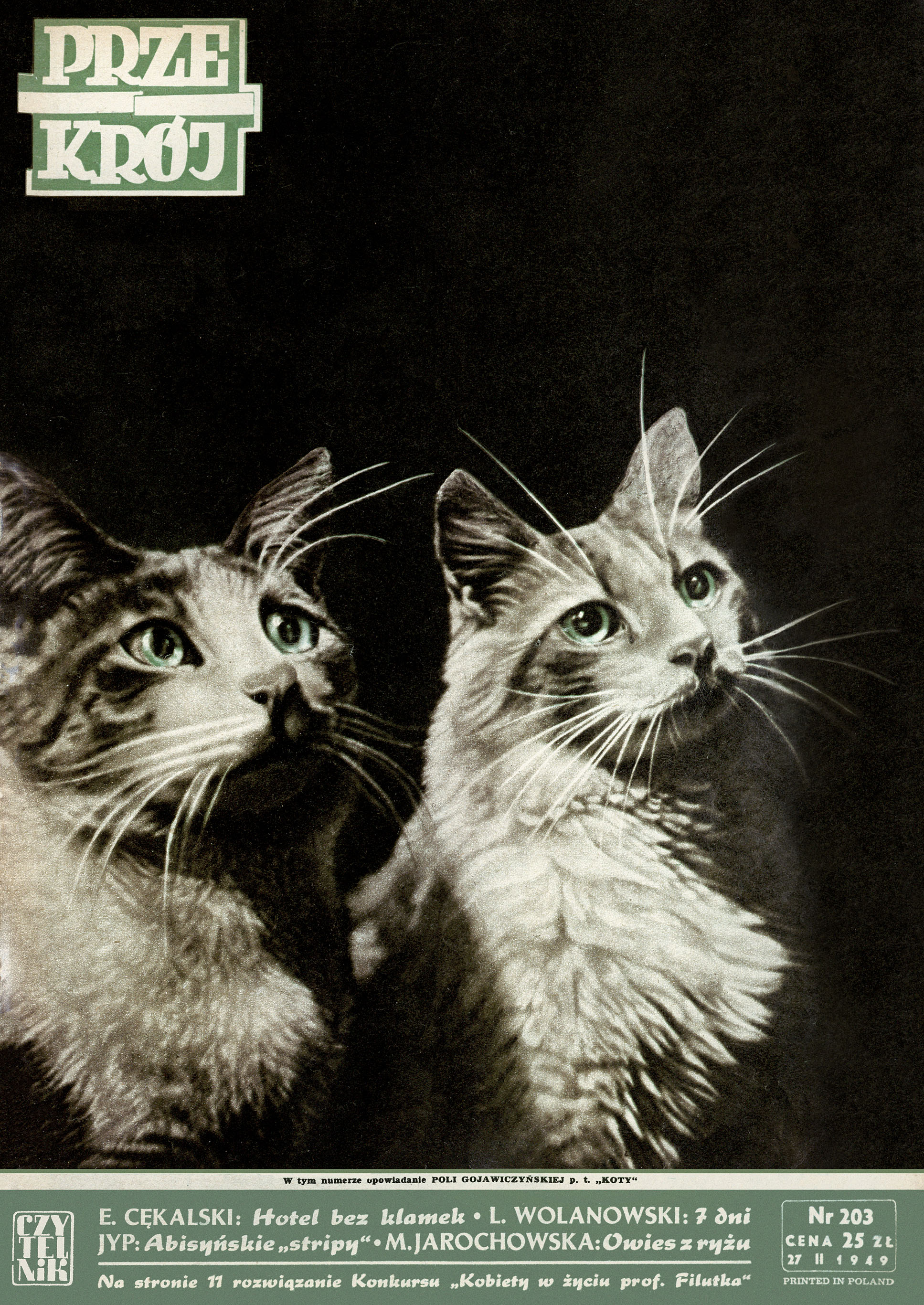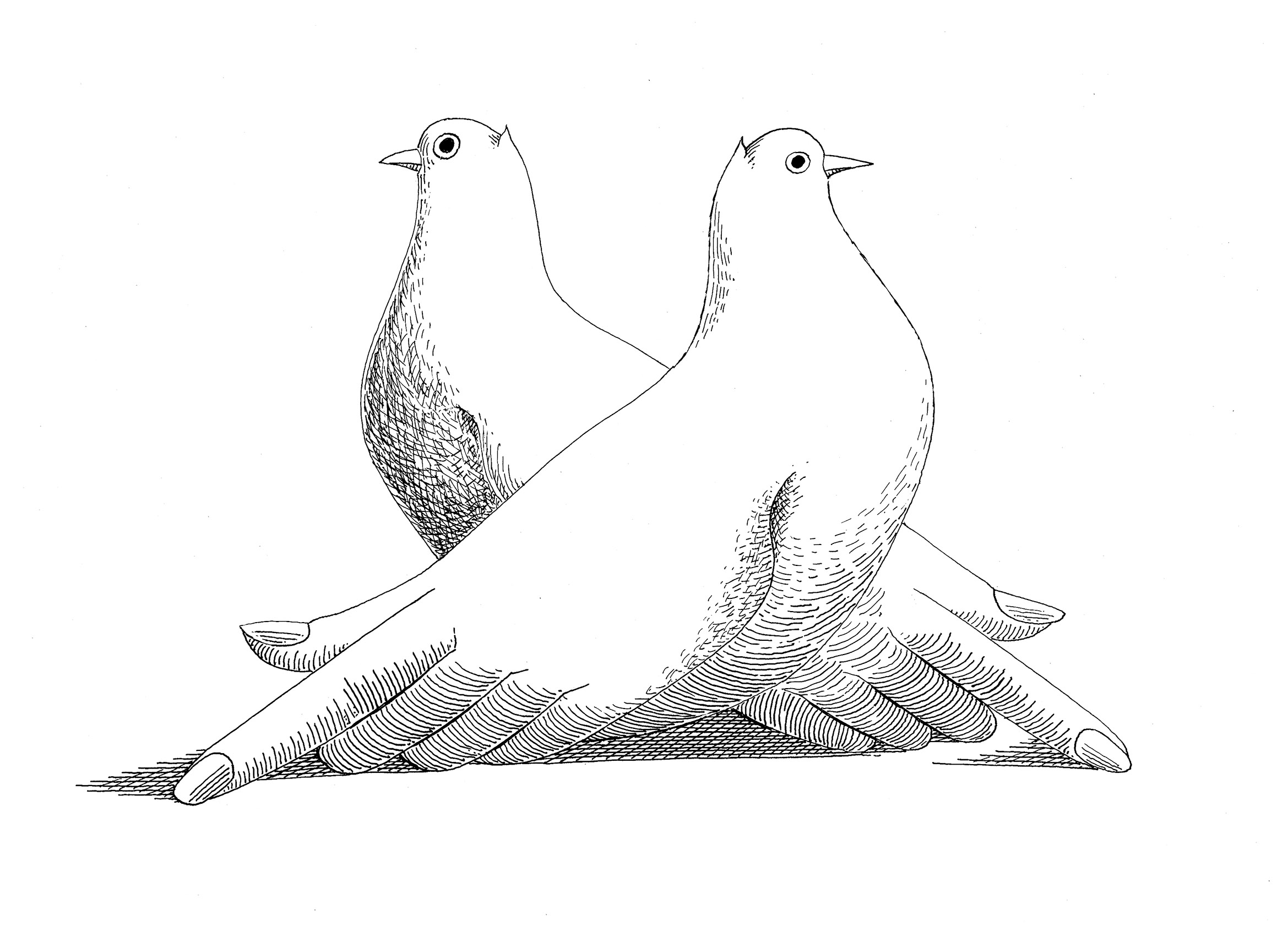
Textile consumption is increasing year by year, which makes recycling one of the most pressing issues in the clothing industry. How did the recycling of clothing work in a more natural environment – when clothes were scarce, and not produced in abundance, as they are today?
According to the recent trend of fighting excessive consumption, we should get rid of all our possessions – including clothes – that do not bring us positive emotions. “If it doesn’t spark joy, throw it away,” says Marie Kondo, an organizing consultant and media personality. This simple rule makes some people laugh, but it helps to restore order for others. It poses, however, a huge problem. That’s why the largest chain stores are suggesting a reverse solution: instead of throwing it away, bring it to the mall. Reclaiming clothes means extending their lifespan. Or rather, returning them to their origins – it means that, once again, they become the filaments and textiles that once created them.
Post-war recycling
As we can learn from history, limiting consumption habits usually comes from necessity, not from choice. Towards the end of World War II, the Nowy Kurier Warszawski [New Warsaw Courier] newspaper wrote about the potential use of potatoes in the production of filaments that could later become clothes. At the end of the war, every last piece of fabric was full of possibilities. An embroidered linen tablecloth could be turned into a blouse (if the situation was especially dire, batiste curtains had to make










